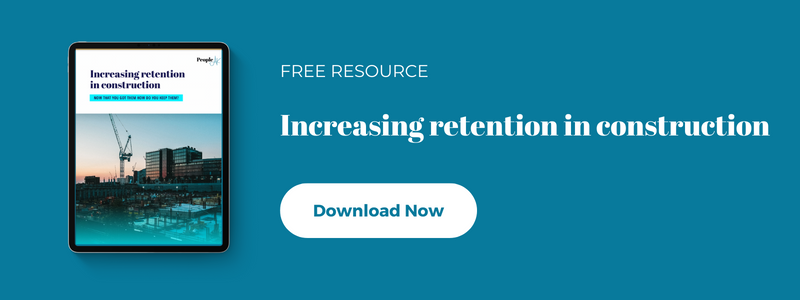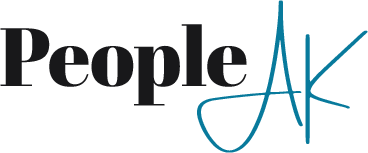An integral part of the US economy, the construction industry has faced a number of challenges in recent years, including both the COVID-19 pandemic and supply chain disruptions. While other industries have recently experienced waves of resignations, the situation with construction is a bit more complex.
To learn more about construction turnover rates, check out these industry statistics.
Turnover rates in construction have always been high.
In 2017, employee turnover in the construction industry was 61.4%, significantly higher than the 43.3% average across all industries.
In 2020, the turnover rate in the construction industry peaked at 68.5%, an increase likely related to COVID-19; however, this number fell sharply to 56.9% in 2021, during which time the average turnover across all industries was 47.2%.
Skilled workers are hard to find.
In the last quarter of 2021, 62% of contractors reported experiencing difficulty finding skilled workers, up from 55% in the previous quarter (Q3). In Q4, the vast majority of contractors (95%) reported having at least one product shortage, indicating that the labor shortage is particularly prevalent in the construction industry.
Skilled workers are often asked to work more hours and jobs.
According to the US Chamber of Commerce, 68% of contractors say they are asking skilled workers to do more work, and 56% of contractors report challenges in meeting project schedule requirements.
These conditions can potentially result in overworked employees. Additionally, many contractors simply have to turn down jobs altogether. In 2021, 35% of contractors reported turning down jobs due to skilled labor shortages.
Despite demand, construction salaries are barely increasing.
In 2021, wages and salaries for construction workers only increased by 6% from the prior year. While this is higher than other industries, it still falls short of the consumer price index, which was up 6.8% in 2021. With wages failing to match or exceed rising costs of living, it’s no surprise workers are trying to find better pay elsewhere.
Firms are willing to offer extra perks to attract workers.
29% of construction firms report providing incentives and bonuses to attract skilled workers. With such high demand for skilled workers, these firms are realizing the need to attract and retain talent.
Training and career development are gaining traction.
46% of these firms report either launching or expanding in-house training programs in order to increase their talent pools, and half of them report getting involved with career-building programs.
As well as attracting new talent, construction firms are hoping that training existing employees can help make up for the skill gap. Such training can also help with retention, giving employees a reason to stick around.
Employee turnover is expensive.
Across all jobs, the cost of replacing an employee is generally between 16-20% of an employee’s annual salary. This number tends to be even higher for workers with specialized skills.
Holding onto low-salary employees does not save you money in the long run – it’s better to keep their pay competitive to reduce the risk of turnover. New hires will likely cost more and require training to get up to speed on your company’s projects and procedures.
Business Consulting With No BS!
In the wake of the pandemic, demand for construction workers has seldom been so high, making it essential for firms to develop strategies that both attract skilled workers and retain them.
To avoid falling victim to high construction turnover rates, you should consider leaning on the experts at People AK. We don’t just specialize in recruitment – we also have over 40 years of experience developing business strategies for employee engagement and retention. Contact us today to see how People AK can help your firm avoid skilled worker shortages plaguing the industry and continue delivering services as needed.


